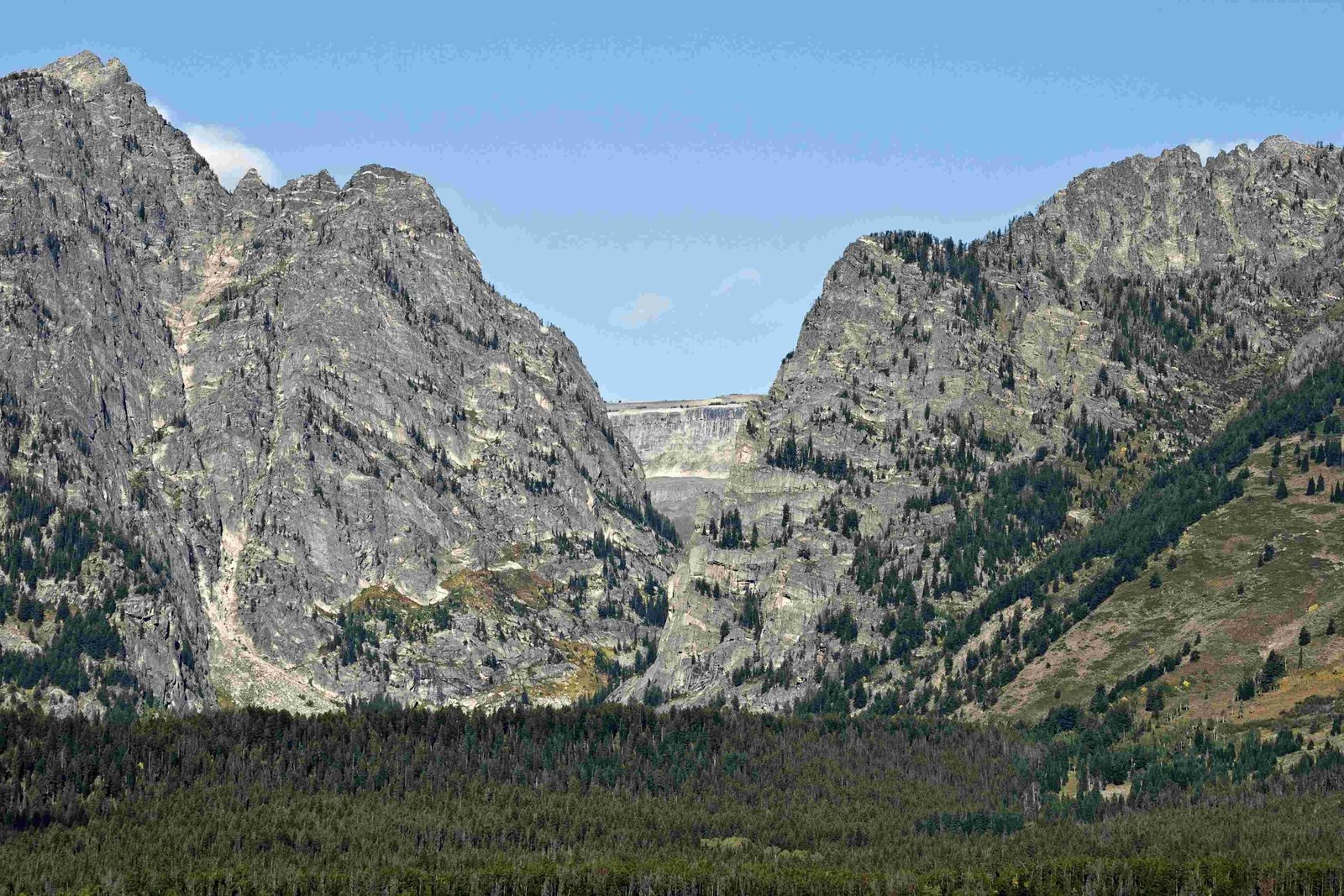Grand Teton National Park represents a remarkable tapestry of geological wonder, conservation triumph, and human perseverance. From its initial establishment in 1929 to the transformative land donations by John D. Rockefeller Jr. in 1949, the park has emerged as a critical sanctuary for wildlife, geological preservation, and environmental education, showcasing the intricate relationship between human intervention and natural landscape protection.
What Are the Foundational Moments of Grand Teton National Park?

Early Exploration and Recognition
The story of Grand Teton National Park begins long before its official establishment. Pioneering survey expeditions in the 1860s and 1870s by explorers like Captain W.F. Raynolds and Ferdinand V. Hayden first documented the region’s extraordinary landscape.
| Year | Significant Event |
|---|---|
| 1860 | First documented survey expedition |
| 1872 | Detailed landscape mapping |
| 1897 | Teton Forest Reserve established |
Geological Formation and Landscape
The Teton Range itself is a testament to powerful geological processes. Formed through tectonic uplift approximately 6-9 million years ago, the mountains rose dramatically along the Teton Fault, creating the iconic jagged peaks we see today.
How Did Conservation Efforts Shape the Park?

Rockefeller’s Visionary Land Acquisition
John D. Rockefeller Jr. played a pivotal role in the park’s development. During the 1930s, he strategically purchased private lands through the Snake River Land Company, intending to donate them to the federal government.
Key conservation milestones included:
– 1943: President Franklin D. Roosevelt declared Jackson Hole National Monument
– 1949: Rockefeller donated approximately 35,000 acres to the government
– 1950: Congress officially combined various land parcels into the current Grand Teton National Park
Wildlife and Ecosystem Preservation
The park became a critical habitat for numerous species, including:
– Grizzly bears
– Gray wolves
– North American bison
– Pronghorn
– One of the world’s largest elk herds
What Were the Significant Historical Developments?
Early Settlement and Exploration
- 1884: First homesteaders arrived in Jackson Hole
- 1898: First documented ascent of Grand Teton
- 1931: Establishment of Exum Mountain Guides
- 1933-1942: Civilian Conservation Corps improvements
Legislative Milestones
| Year | Legislative Action |
|---|---|
| 1929 | Initial park establishment |
| 1950 | Final park configuration |
| 1964 | Wilderness Act implementation |
| 1972 | John D. Rockefeller Jr. Memorial Parkway created |
What Makes Grand Teton Unique?
Grand Teton National Park represents more than a protected landscape. It embodies a complex narrative of geological transformation, conservation philosophy, and human interaction with wilderness. The park stands as a living museum, preserving not just natural beauty but the ongoing story of environmental stewardship.
Research and Scientific Significance
Researchers like Olaus Murie conducted groundbreaking wildlife studies here, particularly focusing on elk populations and ecosystem dynamics. The Murie Ranch became a crucial hub for conservation discussions that would influence national environmental policies.
Conclusion
Grand Teton National Park continues to inspire, educate, and protect—a dynamic landscape where geological history, wildlife conservation, and human appreciation converge.

